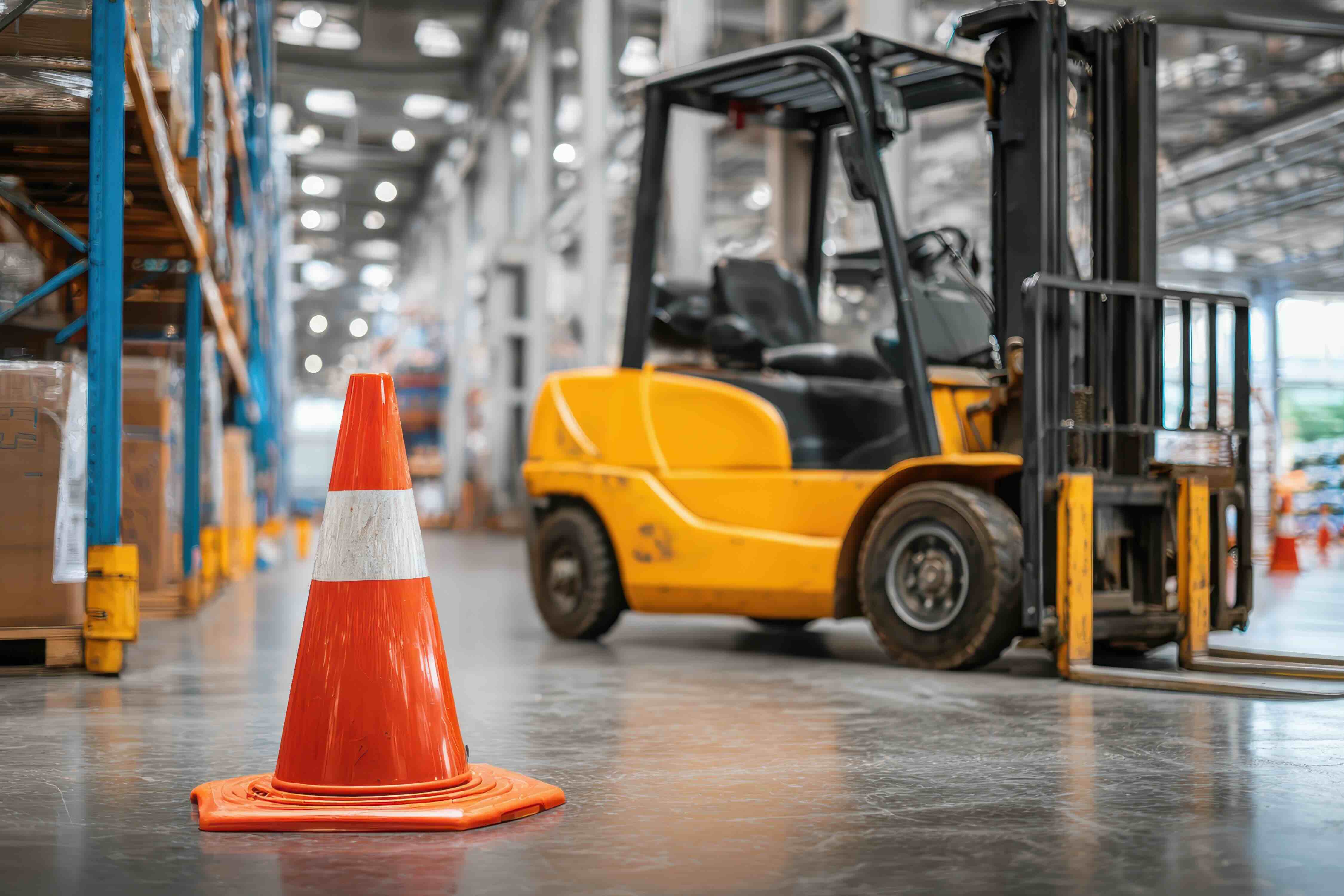Did you know that over 145,000 Americans work in over 7,000 warehouses all over the country? It doesn’t seem like such a big number until you realize that the fatal injury rate for warehousing is higher than the national average for any other industry.
That’s why workers and employers need to go above and beyond to ensure warehouse safety.
Not sure where to start? This guide can help.
Use the Safety Equipment You Already Have
It might sound pretty obvious, but the best place to start is making use of the safety equipment you already have at your disposal.
Think about it.
When your employees need to lift something heavy, do they try to lift it themselves, or do they use a forklift? Do they always wear hard hats and protective clothing around the warehouse? What about eyewear?
That safety equipment isn’t there for decoration. If you want to promote safety in the workplace, make sure that they’re using the right safety and personal protective equipment (PPE). More than that, make sure they’re using it properly – you’d be amazed by how many warehouse operators disable backup sirens on their forklifts because they’re annoying.
Eliminate Slip, Trip, and Fall Hazards
Again, this should be obvious, but it isn’t always. Falls are the third-leading cause of work-related deaths. And while everyone knows to be careful when working at great heights, you don’t need to fall from several stories to inflict serious damage.
Even slipping and falling on a wet floor can cause major brain damage if you hit your head the wrong way.
With that in mind, be aggressive in dealing with slip, trip, and fall hazards. Cords shouldn’t be left stretched across the floor, and tools set down for “just a minute” should be put away. If you mark something with a pencil, put it in your pocket instead of setting it down.
Remember, it doesn’t take much for someone to slip and fall. In fact, all it really takes is one person not paying attention.
Be Aware of Materials Handling and Storage
Warehouses are designed for storing different products. Of course, inventory isn’t just sitting on shelves – it’s often moving in and out across the floor.
The truth is, that inventory can be a risk to employees too (if it’s handled and stored improperly).
For example, do your employees know where heavy loads should be stored? If the answer isn’t the bottom shelf, they’re putting their fellow employees at risk.
Make sure that employees know how to stack items so that they’re even. Heavy items should always stay at the bottom, and you should always make sure that stacks are short – they’re less precarious that way.
Train Your Employees
Of course, none of these tips actually matter unless you take the time to train your employees.
Employees are the ones most often at risk of harm in a warehouse. But they’re also the most likely to put themselves in harm’s way by doing something they shouldn’t. You can control for hazards, but you can’t monitor every decision your employees make.
What you can do is empower them to make safe decisions. All new employees should receive extensive safety training before they’re allowed to join the workforce. Existing employees should receive periodic training to ensure that they’re up-to-date on best practices.
Helping You Practice Good Warehouse Safety
Good warehouse safety isn’t a destination - it’s a journey. You have to commit to keeping your workers safe and ensuring that every single employee is following procedures to keep their coworkers safe.
Related Articles:
